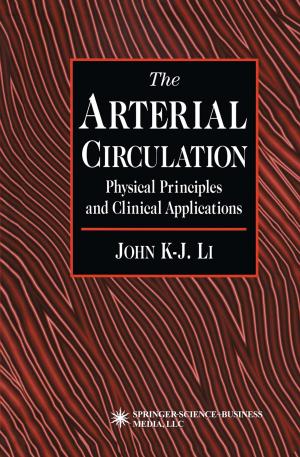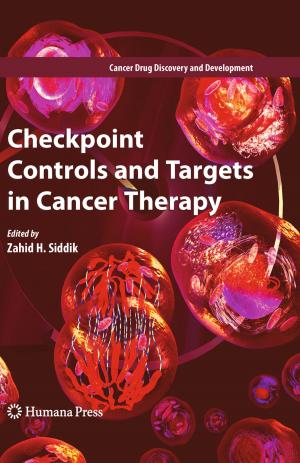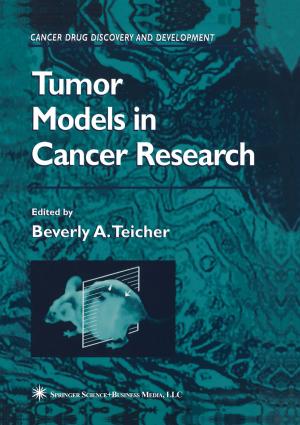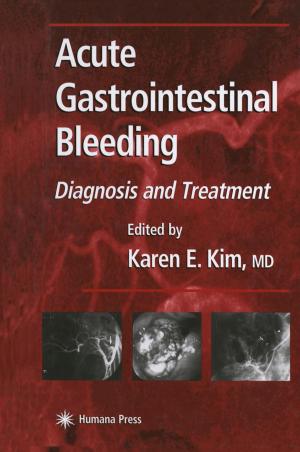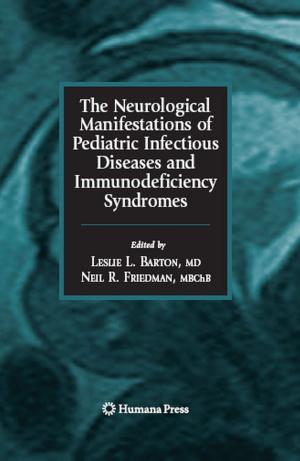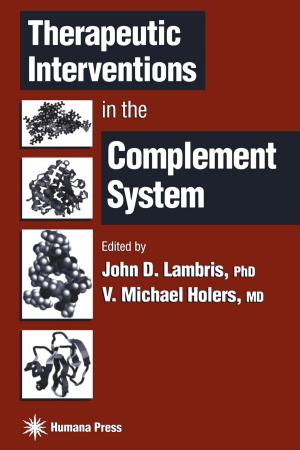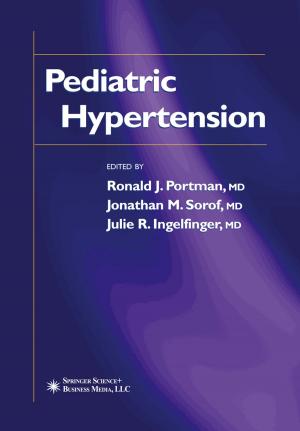Bronchial Asthma
Principles of Diagnosis and Treatment
Nonfiction, Health & Well Being, Medical, Medical Science, Immunology, Specialties, Internal Medicine, General| Author: | ISBN: | 9781592591275 | |
| Publisher: | Humana Press | Publication: | April 15, 2001 |
| Imprint: | Humana | Language: | English |
| Author: | |
| ISBN: | 9781592591275 |
| Publisher: | Humana Press |
| Publication: | April 15, 2001 |
| Imprint: | Humana |
| Language: | English |
"They asked if the sneezles came after the wheezles, or if the first sneezle came first. " It has been nearly 25 years since the first edition of this textbook was published. During that time, we have witnessed an enormous improvement in the understanding of the basic pathophysiology of asthma and, more importantly, better treatment options. However, and with regret, the incidence and prevalence of asthma during this 25 year period increased significantly. Recent studies from the NIH highlight this point and illustrate that despite improved care and diagnosis, mortality continues to rise. In fact, asthma remains the most common chronic childhood illness and is among the most common chronic adult diseases. Despite improved medications, increased awareness, and a better understanding of the pathophysiology of this disease, mortality and morbidity continue to rise. Both international and national consensus positions have been published that offer guidance on treatment approaches. The importance of the primary care physician and provider cannot be overestimated in the appropriate diagnosis and management of this disease. The management options in asthma are changing rapidly with the advent of new drugs and approaches. The recent introduction of the leukotriene inhibitors has added an entirely new class of anti-inflammatory agents in the treatment of asthma. The potential of even newer approaches, including cellular modulation of the asthma patient with specific anti-IgE antibodies, opens up exciting possible treatments.
"They asked if the sneezles came after the wheezles, or if the first sneezle came first. " It has been nearly 25 years since the first edition of this textbook was published. During that time, we have witnessed an enormous improvement in the understanding of the basic pathophysiology of asthma and, more importantly, better treatment options. However, and with regret, the incidence and prevalence of asthma during this 25 year period increased significantly. Recent studies from the NIH highlight this point and illustrate that despite improved care and diagnosis, mortality continues to rise. In fact, asthma remains the most common chronic childhood illness and is among the most common chronic adult diseases. Despite improved medications, increased awareness, and a better understanding of the pathophysiology of this disease, mortality and morbidity continue to rise. Both international and national consensus positions have been published that offer guidance on treatment approaches. The importance of the primary care physician and provider cannot be overestimated in the appropriate diagnosis and management of this disease. The management options in asthma are changing rapidly with the advent of new drugs and approaches. The recent introduction of the leukotriene inhibitors has added an entirely new class of anti-inflammatory agents in the treatment of asthma. The potential of even newer approaches, including cellular modulation of the asthma patient with specific anti-IgE antibodies, opens up exciting possible treatments.

